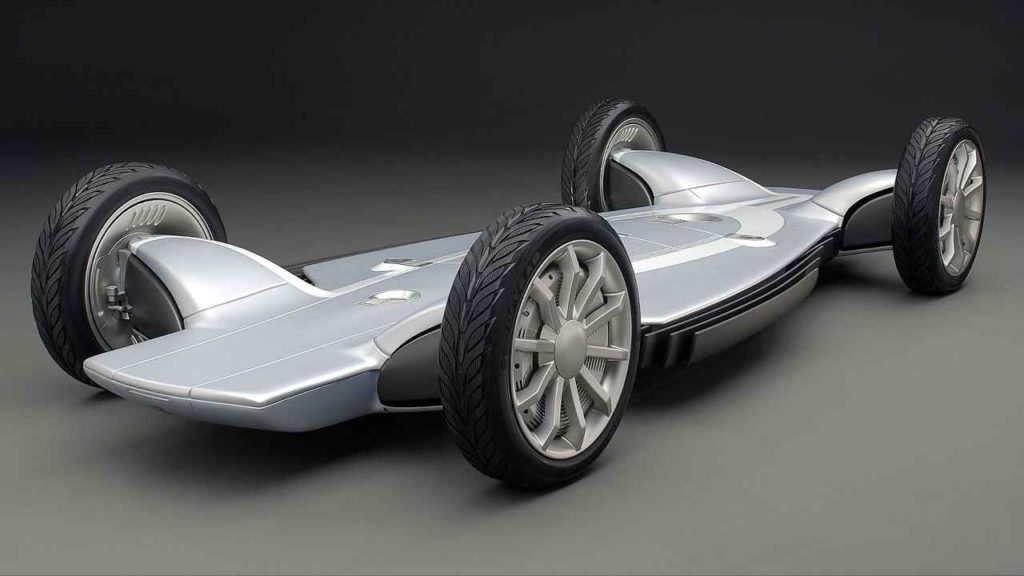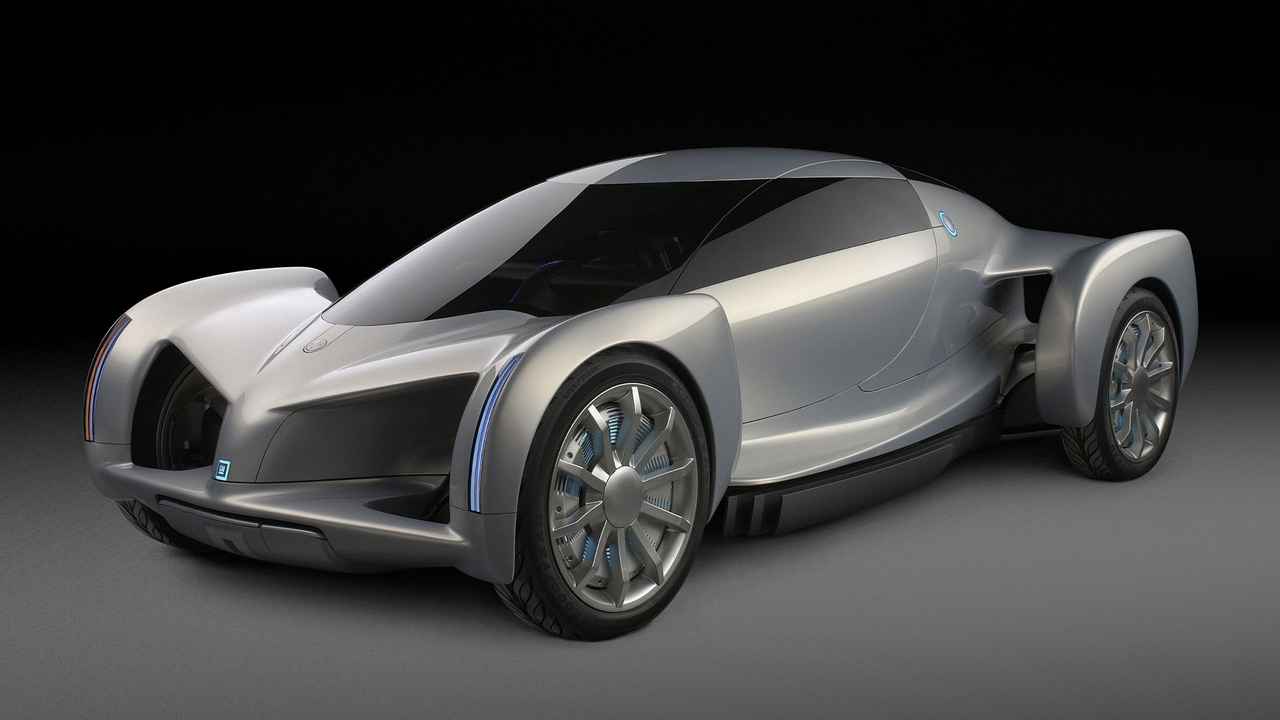Thanks to the small size of electric motors and the volume occupied by batteries, the mechanical distribution of an electric car is very different from the engine model. Although many companies sell electrical models derived from adapted thermal platforms that maintain the proportions of a conventional model, more and more brands are betting on developing dedicated architectures.
This is the case of the Volkswagen Group, Hyundai, and the Renault-Nissan-Mitsubishi Alliance with their respective MEB, E-GMP, and CMF-EV platforms, which follow the same skateboard type design (flat batteries on the underside, electric motors in the axles). A solution of great simplicity that makes it possible to optimize the interior space of the car to the maximum, also providing enormous flexibility as it can be adapted to many different types of bodywork.

Among other advantages of this design, we can highlight that it enables a wide wheelbase, reduced overhangs, shortening the hood, and bringing the windshield forward, which creates a room that is wider than that of a thermal model of similar length. However, the presence of the battery pack under the floor forces the car to have a height higher than that of a conventional vehicle. Instead, it reduces the center of gravity, thereby improving dynamic behavior.

Tesla was a pioneer in bringing this design to the market in 2012 at the hands of the Model S. Designed from a “blank page,” this model developed from scratch to be electric had a platform optimized for the distribution of the products to the maximum mechanical organs. “The architecture of the Model S is similar to a skateboard,” said Franz von Holzhausen, Tesla’s chief designer, in 2013. “The floor of the vehicle is the battery, and the engine is between the rear wheels.”
However, even though Tesla was the first manufacturer to launch a vehicle with this design on the market, it was not the first brand to develop such a solution. In 2002, General Motors launched the AUTOnomy prototype, conceived as an automobile autonomous equipped with a hydrogen fuel cell and sitting on a platform similar to a skateboard architecture.
General Motors later launched the Hy-Wire prototype, which followed in the footsteps of AUTOnomy. Even though these models never made it to the market and were not battery-powered, their design was very similar to that of today’s skateboard decks, which are likely to become the industry standard in a few years thanks to their simplicity and flexibility.

